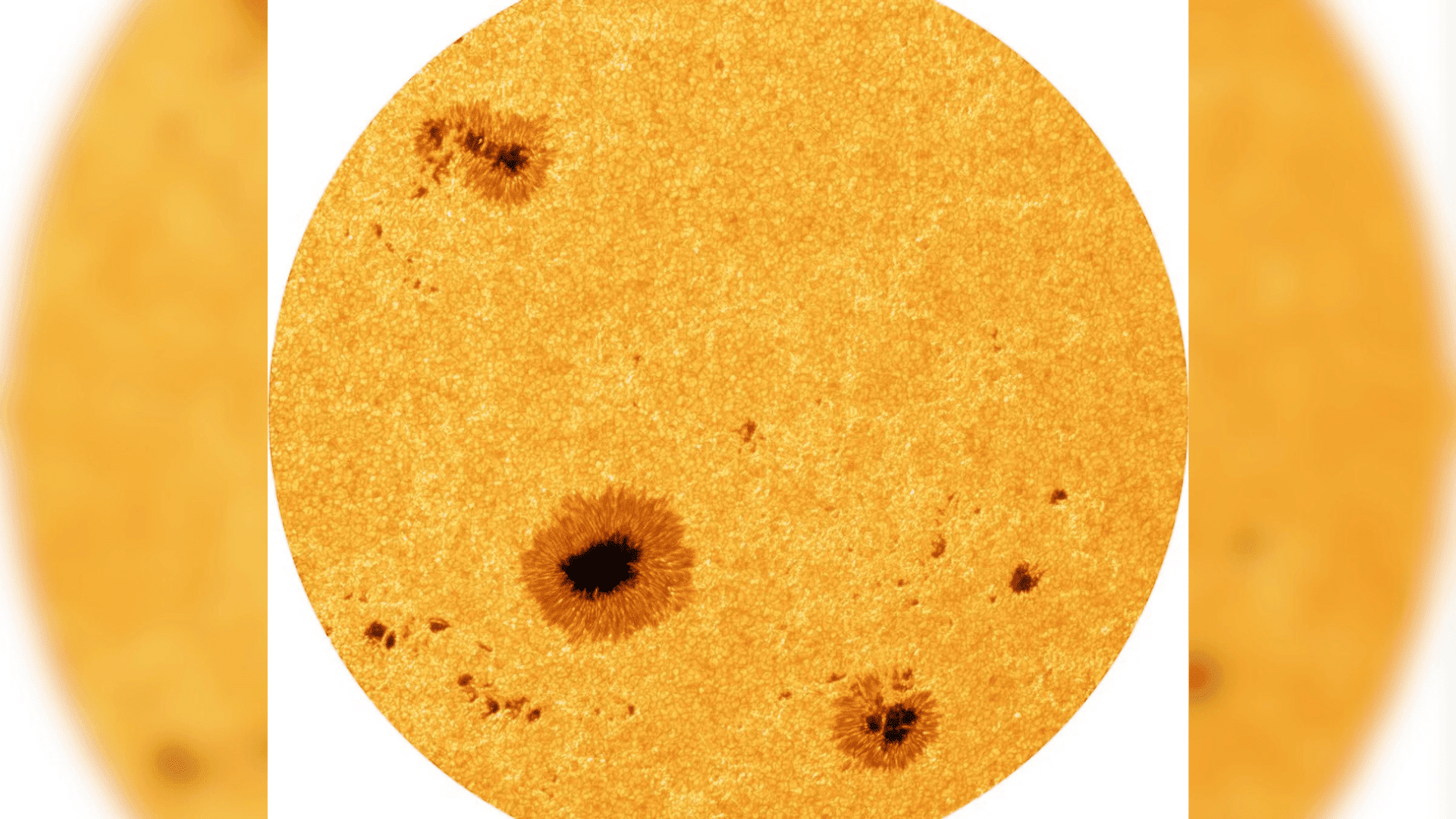A new technological advancement has allowed researchers to capture extremely detailed 8K resolution images of our Sun, which include never-before-seen details of sunspots.
The Sun at 8K Resolution

This is thanks to a new high-resolution camera system developed by the Leibniz Institute for Astrophysics Potsdam (AIP) for the Vacuum Tower Telescope (VTT), located at the Observatorio del Teide on Tenerife. According to a statement by AIP, this is the first time the Sun has been captured with 8K image resolution.
When it comes to solar observations, there’s often a tradeoff between resolution and field of view. Whereas larger telescopes provide high-resolution and cover limited areas, smaller instruments monitor larger areas with less detail. The VTT, however, offers both due to the new camera system.
The new camera system utilizes advanced image restoration techniques, compiling 100 short-exposure images (each with a resolution of 8000×6000 pixels) captured at 25 frames per second. This process results in reconstructed images with 8K resolution, which lessens disturbances caused by Earth’s atmosphere to attain a spatial resolution of approximately 62 miles (100 kilometers) on the Sun’s surface.
“In order to better understand solar activity, it is crucial not only to analyze the fundamental processes of the fine structure and the long-term development of global activity with various instruments, but also to investigate the temporal evolution of the magnetic field in active regions,” Rolf Schlichenmaier, a scientist at the Institute for Solar Physics (KIS) in Freiburg, which operates the VTT, said in the statement.
According to the statement, this level of detail enables the observation of dynamic solar processes on timescales as short as 20 seconds. This technology also allowed researchers to acquire high-resolution images encompassing areas up to 124,274 miles (200,000 km) in diameter.
This innovation has special filters that allow researchers to observe precise layers of the solar “surface” and lower atmosphere of the Sun, which are called the photosphere and the chromosphere. According to IFL Science, the plasma motion in those areas supports the evolution of sunspots, so the new camera will allow researchers to study those movements in more detail than was previously possible.
“The results obtained show how, together with our partners, we are teaching an old telescope new tricks,” stated Carsten Denker, Head of the Solar Physics Section at the AIP.


